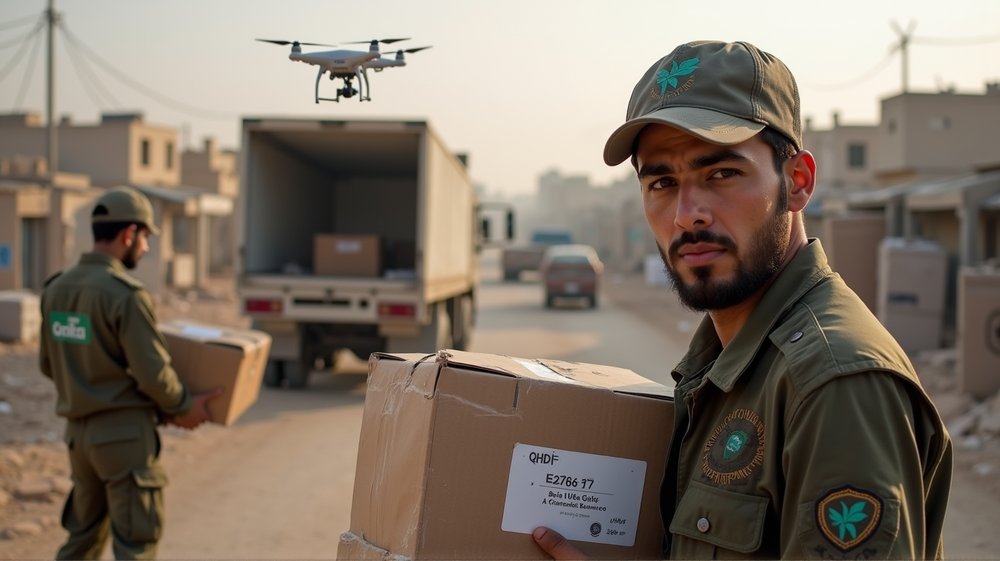In the heart of Gaza, a complex and often perilous battle unfolds, beyond the immediate echoes of warfare. This struggle is about ensuring that much-needed humanitarian aid reaches the millions in dire need, all while navigating the treacherous landscape of political tensions and logistical challenges. Since Hamas’s attack in October 2023, the perception of humanitarian operations has been under constant scrutiny, with media narratives sometimes clouding the real picture.
GHF: Pioneers of a New Model
As traditional aid channels grapple with issues of diversion and exploitation by Hamas, the newly formed Gaza Humanitarian Foundation (GHF) offers a glimpse of hope and innovation. Established with support from the U.S. and Israel, the GHF is transforming the delivery mechanism by directly dispatching food and essentials through “Secure Distribution Sites,” a strategy designed to sidestep Hamas’s control. As opposed to typical UN operations, GHF functions under tight supervision, ensuring aid reaches Gazan civilians directly.
Yet, despite a robust framework, the GHF’s capacity as of 2025 can serve only half of Gaza’s population. As stated in American Jewish Committee, maintaining traditional channels remains indispensable until comprehensive alternatives like GHF can fully scale.
Navigating Complex Terrain
The GHF’s operations face their own hurdles. Reports of overcrowding and violence have surfaced, with U.S.-led and Israeli-secured sites sometimes becoming flashpoints for tension. Such chaotic scenes have caused temporary disruptions, often fueled by misinformation. Drone footage, however, provides a clear contrast to claims propagated by some media, highlighting the complex truth of these highly fraught environments.
The Unseen Battle: Misinformation in Conflict Zones
Media portrayals have sometimes intensified the challenges of aid delivery, with sensationalist narratives labeling skirmishes, such as the episode near Rafah’s distribution sites, with terms like the “Witkoff Massacre.” However, eyewitness accounts and independent footage consistently challenge these narratives, confirming strategic misinformation efforts by Hamas to deter international support for initiatives like the GHF. According to various sources, these strategic disinformation campaigns undermine not just aid distribution but crucial diplomatic dialogues surrounding ceasefire negotiations.
Hamas’ Manipulation of Aid
It is no secret that Hamas exploits humanitarian aid—taxing, seizing, and directing supplies away from civilians to fund its military initiatives. By leveraging international aid mechanisms for personal gain, Hamas not only exacerbates humanitarian crises but also monetizes from the chaos, positioning itself as a gatekeeper of resources.
Looking Forward: Scaling Up the GHF
Despite overwhelming odds, optimism persists. GHF’s future plans involve scaling operations and establishing a wider network of secure sites, a daunting but feasible aspiration. Yet, the path forward hinges on international cooperation and safeguarding routes of aid delivery from interference. Incidents like the Hamas attack on a GHF convoy—which tragically claimed lives and stifled humanitarian movements—underscore the volatile nature of Gaza’s reality.
The evolving story of humanitarian aid in Gaza is layered with complexity, resilience, and a commitment to upholding human dignity amidst warfare’s ravages. As global eyes remain fixed on these efforts, the success of organizations like the GHF could redefine the paradigm of aid in conflict zones.












